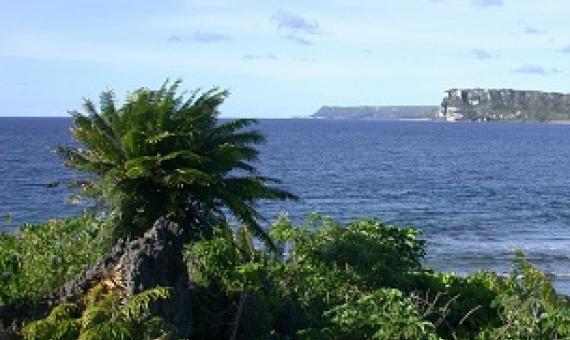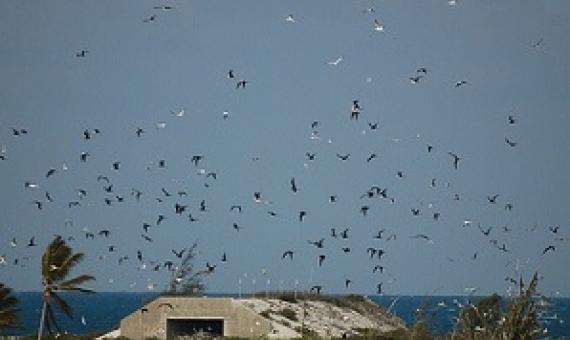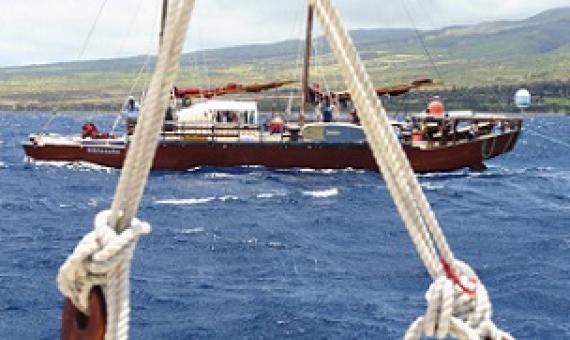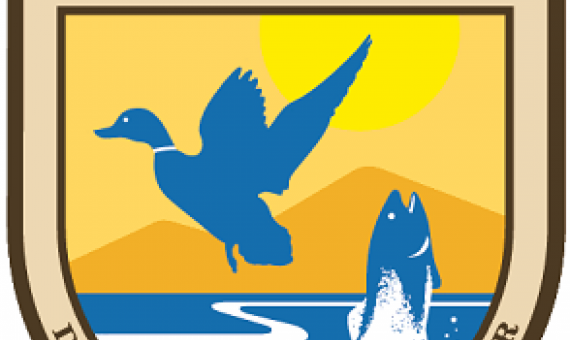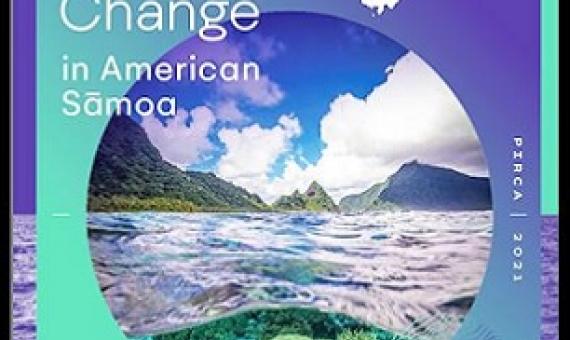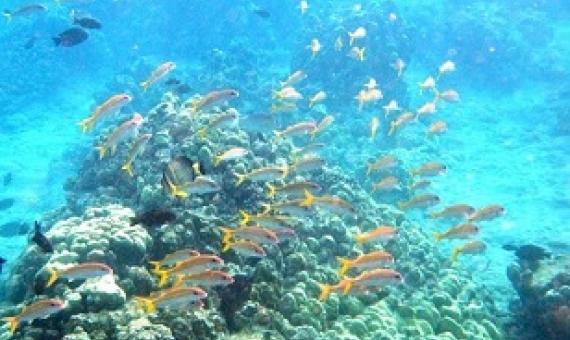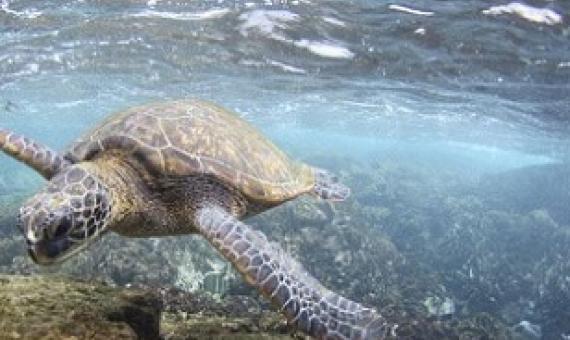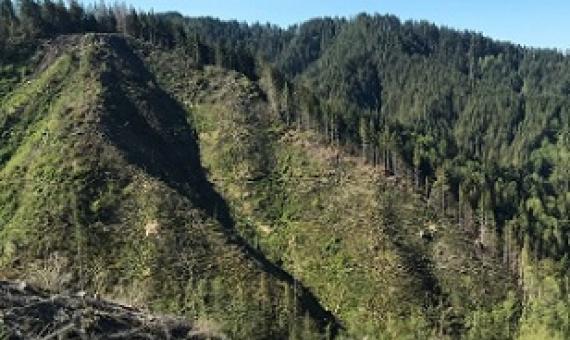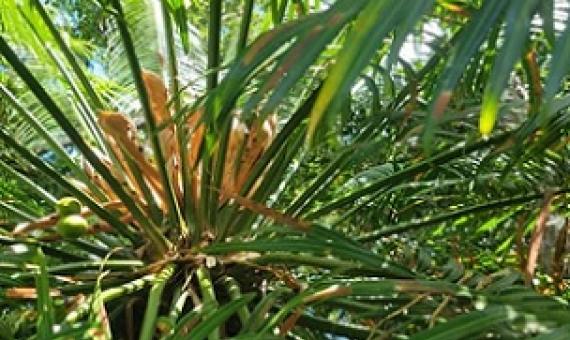Are the traditional practices tied to endangered species at risk of being lost? The answer is yes, according to the authors of an ethnographic study published in the University of Guam peer-reviewed journal Pacific Asia Inquiry.
An invasive species known as the yellow crazy ant has been eradicated from a remote U.S. atoll in the Pacific. The U.S. Fish and Wildlife Service announced Wednesday that the ants have been successfully removed from Johnston Atoll National Wildlife Refuge.
Voyaging canoes Hōkūleʻa and Hikianalia set sail at approximately 12:30 p.m.
Eradicating the brown tree snakes that have invaded Cocos Island could set an example for how Guam and the rest of the world could handle invasive species, Diane Vice, Wildlife Supervisor at the Division of Aquatic and Wildlife Resources said on Friday...The island has the only free-living popula
In continuing proactive efforts to protect migratory birds, the U.S. Fish and Wildlife Service today released its Birds of Conservation Concern 2021 report.
Human health risks, stronger cyclones, coral reef death, and coastal flooding are among the major challenges detailed in a new report on climate change in American Sāmoa.
The Biden-Harris Administration’s policy, as written in Executive Order 14008, calls for the U.S. to conserve at least 30 percent of U.S. lands and waters by 2030. Ocean and coastal resources in the United States are conserved through a variety of legal authorities and conservation strategies.
We’re now in the middle of nesting season for Hawaiian sea turtles, which runs from April to September. After a historically busy season last year, conservation agencies are calling on the public to keep them safe. The U.S.
Despite lingering tensions among environmentalists and loggers, a plan to launch the largest forestry experiment in the United States — and perhaps the world — last month cleared a major hurdle.
When we think about heritage, we often think about the latte villages, slingstones, the handprints on the walls of the Litekyan caves, and the pictographs in the Gadao cave, all of which are important symbols of CHamoru cultural identity.

